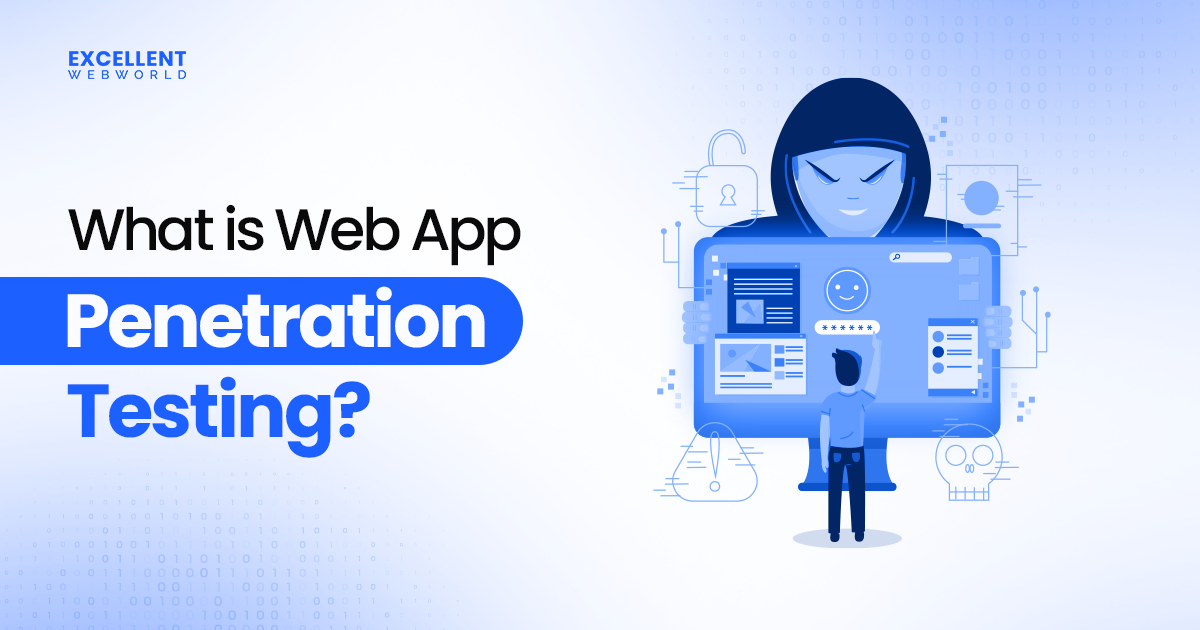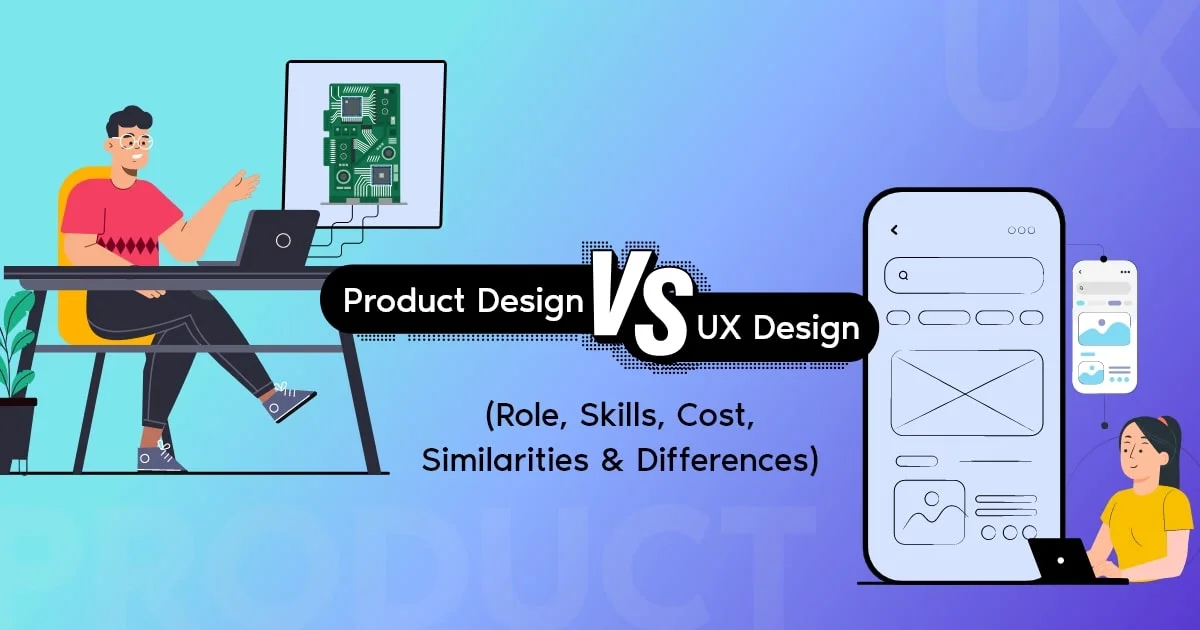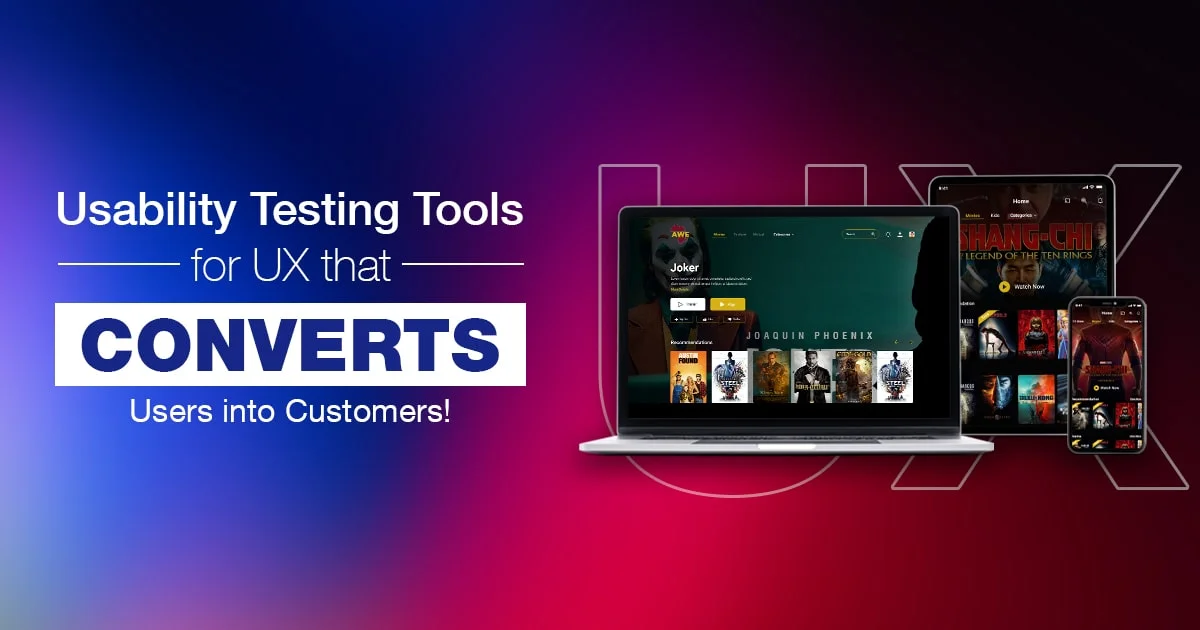Launching a new app always comes with questions. Will users actually find it helpful? Are the core features enough to solve their problems?
That’s where MVP testing makes a big difference. Instead of building everything at once, you first build an MVP application, a simple version of your product that focuses only on essential features. This helps you understand what users really need and how they interact with your app.
Testing your MVP is the critical process of validating the product idea before scaling it. When performed correctly, it helps you avoid the dangers of Rapid MVP Launches.
This guide on testing minimum viable product (MVP) will walk you through the essential stages of testing, and validating your product idea using Lean Startup methodology.
What is the True Meaning of MVP Testing?
MVP testing isn’t just about checking if an app works; it’s about discovering if your idea delivers real value. It helps product teams test the minimum viable product (MVP) with real users and collect feedback that guides smart, data-driven decisions. The goal of testing an MVP is to test early, learn fast, and avoid wasting time or money building features no one needs.
From what we’ve seen across multiple projects, the true meaning of MVP testing becomes clear when teams move beyond theory and into real-world execution. While the idea of an MVP sounds simple, applying it—especially in high-stakes or complex environments—takes strategic focus. The most successful teams don’t just move fast; they move with intent. They zero in on one key user problem, strip away distractions, and launch with just enough to validate that insight.
Unlike wireframes or mockups that are used to visualize ideas, early-stage products like a PoC, Prototype, or MVP are built for validation. It’s not just about showing how something will look or feel, it’s about finding out whether users actually care about what you’re building. That’s why MVP Testing is such a powerful and resource-conscious method focused on real usage, real user feedback, and real outcomes.
Why MVP Testing Is Important and Required
Imagine building an app with all the right features; at least you thought so. After months of work and thousands of dollars spent, users barely engage. What went wrong? This is where understanding the importance of MVP testing could have made all the difference.
It’s the difference between building something useful and building something that sits unused.
One of our clients started with a clear idea of what their product should do. They built an MVP and ran some early tests. Surprisingly, users kept getting excited about a feature the team hadn’t planned to focus on. That small discovery changed everything. They shifted their efforts, followed the feedback, and ended up reaching product-market fit two months sooner than expected. Catching that early, like with these well-known MVP examples saved them both time and money and gave them a much clearer path forward.
The Impact of Testing Minimum Viable Product (MVP)
Here are some key stats showing the real impact of MVP testing:
| Metric | Value / Insight | Source / Notes |
|---|---|---|
| Success Rate Improvement | 91% higher success with structured testing MVP | BuildIn7 US Market Research Guide, 2025 |
| Cost Reduction | 67% average cost savings via MVP testing | BuildIn7 US Market Research Guide, 2025 |
| Startup Failure (Market Mismatch) | 42% fail due to poor market fit | CB Insights Report, 2025 |
| Usability Issues Found | 85% detected with just 5 users testing | Nielsen Norman Group, 2025 |
| MVP Usage Among Startups | 72% adopt MVP approach early | SDH Global Blog, 2024 |
| Increased Success with MVP | 60% higher success than full product launches | Startup Genome Report, 2025 |
| MVP Testing Budget Portion | 10–15% of the overall development budget | AmericanChase MVP Guide, 2025 |
| Feature Overload Commonality | Users regularly use only 20% of features | Standish Group, 2025 |
These numbers make it clear: skipping minimum viable product (MVP) validation often leads to higher costs, lower engagement, and failed launches.
Why MVP Testing Matters Beyond Product Teams
Why testing early-stage MVP is important isn’t just about saving product teams effort; it’s also about reducing risk for the whole organization. When decision-makers, from founders to board members, see real user data early on, they gain confidence in the direction of the product. Looking at real-world examples of MVP across industries shows how early testing can turn assumptions into evidence-backed strategies.
For leadership, why MVP testing is required is simple: it supports smarter investments. Instead of guessing, you’re working with real market signals. This clarity helps align stakeholders, secure buy-in, and build momentum across teams. minimum viable product testing isn’t just a product exercise; it’s a business strategy.
What Are MVP Testing Protocols and Why Do They Matter?
When it comes to validating a new product, having a clear plan isn’t enough. You also need a consistent way to run that plan. That’s where MVP testing protocols come in.
A protocol is a set of clear rules or guidelines that explain exactly how each part of your MVP test should be done. While the broader testing process tells you what steps to take, protocols define how to perform each step in the right way, making sure everything is reliable and repeatable.
If you’ve ever wondered why MVP testing is important, this is a key reason: without proper protocols, your results may be unclear, inconsistent, or even unusable. Especially in industries like healthcare, fintech, or enterprise software, MVP testing meaning must include strict controls to meet compliance standards and avoid risks.
Well-defined protocols also explain why MVP testing is required in any structured digital product development process; they keep teams aligned, reduce human error, and ensure data is handled with care.
What MVP Testing Protocols Usually Include:
Establishing clear MVP testing protocols helps you build trust in your process and make data-backed decisions with confidence. That’s why protocols aren’t just documentation; they’re a vital part of what gives MVP test meaning in professional product environments.
Step-by-Step MVP Testing Process Explained with Example
Building an MVP isn’t just about releasing a rough version of your product; it’s about testing your assumptions with minimal effort but maximum learning. In fact, MVPs are a cornerstone of Software Development for Startups, helping founders validate ideas quickly before scaling. The steps in MVP testing are a complete walkthrough using a fitness tech example for better clarity.
1. Get Clear on the Problem You’re Solving and Your Product Vision
Start by defining the main problem. For example, the startup identifies a gap: “People want to work out at home but don’t know which routines suit their fitness level and time availability.”
Tip: Write down your core hypothesis, like:
“Users want short, effective workouts tailored by AI to their fitness level and daily schedule.”
This clarity helps you stick to your goal throughout the MVP testing process.
2. Understand Who Your Users Are and What They Really Need
Conduct user interviews with different segments: working professionals and students. Use simple surveys or video calls to ask what fitness challenges they face.
This step validates that the problem is real and worth solving. You’re making sure that your MVP application will actually be used.
3. Focus on the Features That Matter Most
Instead of building a full-fledged app with meal plans, trackers, and community, the MVP should only include:
Why It’s Important:
This helps prevent “feature overload” and keeps testing focused. Most startups succeed more with a focused MVP than with a full product launch.
4. Design a Simple Version of Your Product and Build It
Use tools or prototypes in Figma, Glide, or Bubble. For example, create a web version where users select goals, and a backend algorithm recommends 3 workout plans.
Considering factors like functionality and app design cost at this stage helps you stay lean while still capturing valuable insights. Try a Concierge MVP; manually select workouts and send emails to test early interest before automating anything.
Tip: Focus on speed and learning, not perfection.
5. Share Your MVP with Real Users
Launch through:
You now collect real reactions, usage data, and drop-off rates, validating whether people actually want this.
6. Listen to Users and Track What the Data Tells You
Monitor metrics like:
Tools: Google Analytics, Mixpanel, or Hotjar
This step confirms what’s working and what needs improvement through real usage behavior, not assumptions.
7. Improve Based on What You Learn
Feedback reveals: “Users love short workouts but want better guidance on form.”
So, you decide to add GIF animations for each exercise and a timer. Run another test round with just this improvement.
Tip: Stay lean, test one change at a time.
8. Decide Whether to Grow, Pivot, or Go Back to the Drawing Board
You discover:
Now ask:
You’ve reached the key decision point—not with guesses, but with data.
Why You Can’t Skip MVP Testing
Next Step: Use your MVP testing protocol to rinse, repeat, and reach product-market fit faster.
Some of The Best MVP Testing Methods With Examples
MVP testing helps you learn what works, what doesn’t, and what users actually care about, before investing heavily in development. Let’s explore some proven mvp testing strategies to see why MVP testing is important and how each method helps reduce risk.
| MVP Testing Method | Example | Key Benefit |
|---|---|---|
| Customer Interviews | Doctors, patients, and clinic admins are interviewed to validate issues in appointment booking. | Reveals real pain points and user needs before any design work begins. |
| Landing Page / Smoke Test | A simple website with “Book Doctors Near You” value prop is launched to gauge signups. | Quick, low-cost way to test demand and messaging. |
| Concierge MVP | A team manually handles doctor bookings and sends confirmations via WhatsApp. | Provides personalized feedback and proves real usage demand. |
| Wizard of Oz MVP | Users think they’re booking via an app, but staff manually handle backend tasks. | Tests user flows without building complex backend systems. |
| Paper Prototyping/ | Hand-drawn booking process screens shown to doctors and patients. | Helps refine UX affordably before going digital. |
| Clickable Prototypes | An InVision prototype simulates searching and booking appointments. | Gives stakeholders a realistic feel of the app for early feedback. |
| A/B Testing | Two flows tested: specialty filters vs. map view. | Provides data-driven insights to pick the most user-friendly version. |
| Live Beta Testing | App launched in one city with limited doctors to track real usage. | Reveals technical gaps and real-world user behavior trends. |
| Pre-Orders / Crowdfunding | Clinics offered discounted early access if they sign up before launch. | Validates business interest and builds early traction. |
How Long Does an MVP Test Take?
The time it takes to test your MVP depends on your product type and how fast you get feedback. But most MVP tests last between 1 to 4 weeks. If you’re testing startup MVP ideas, the goal is to move quickly, learn fast, and avoid unnecessary delays.
Here’s a quick look:
The goal isn’t to test forever—it’s to get just enough data to make a smart decision. That’s why minimum viable product experimentation is important: it helps you validate your idea without wasting time or money. If you’re wondering how to test MVP effectively, the key is to start small, measure results, and pivot if needed.
Who’s Involved and What Tools Help with MVP Testing?
An MVP test isn’t just about building; it’s a team effort. Here’s who usually works on it:
And here are some popular MVP testing tools that make it easier:
These tools support fast learning cycles and help you understand if your MVP test is working. They’re also essential for validating an MVP before investing in full-scale development. That’s why MVP testing is required before going big with your product.
Why Choose Excellent Webworld for MVP Testing?
Understanding MVP testing cost is essential for any startup or business aiming to validate their product idea without burning through time and resources. Whether you’re testing with a simple landing page or running a full concierge MVP, the cost of MVP testing is far smaller than the overall cost of building a marketplace website or launching a full product that no one needs.
At Excellent Webworld, we bring over a decade of expertise as both a software testing service provider and an AI development company. Our team ensures your systems are tested thoroughly, keeping your infrastructure secure, compliant, and ready for anything.
Over 13 years of experience in various industries, our team of experts has successfully developed high-performance software solutions that integrate advanced AI technologies. With more than 900 successful projects, our experts have catered to different client needs in various industries
Got an idea? Let’s bring it to life—book your free consultation for MVP Development Services today.
FAQs on MVP Testing
MVP testing helps validate your product idea with minimal features before full development. It saves time, reduces costs, and ensures you’re building something users actually want.
It typically lasts 1 to 4 weeks, depending on the method used. For example:
Top methods include:
Each offers different benefits depending on your stage and goals.
Costs vary. Simple tests like landing pages or surveys are budget-friendly, while more hands-on tests like MVP prototype testing or concierge MVPs may require a larger investment in development or manual effort.
Popular tools include:

Article By
Mayur Panchal is the CTO of Excellent Webworld. With his skills and expertise, He stays updated with industry trends and utilizes his technical expertise to address problems faced by entrepreneurs and startup owners.



